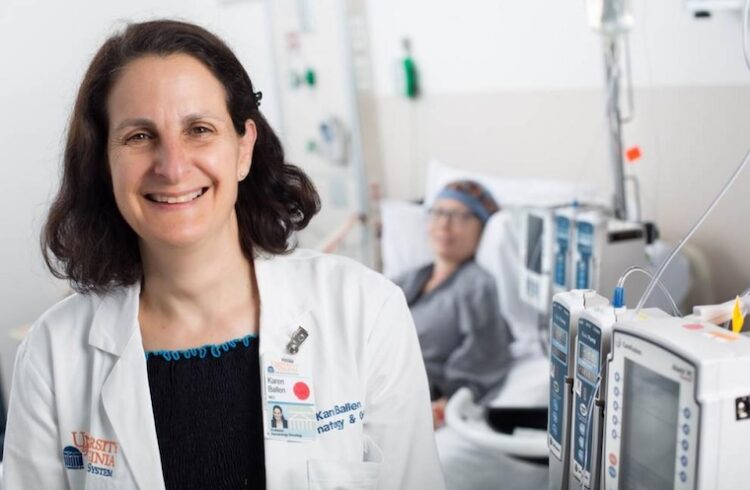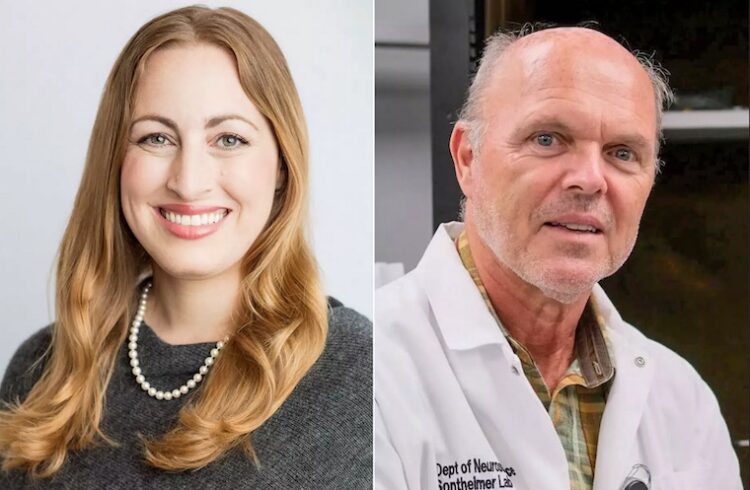
It’s well known that overexposure to ultraviolet rays from the sun can cause major skin problems, ranging from skin cancer to sunburns and premature wrinkles. A tan, for example, is nature’s own UV protection and an unhealthy sign that your skin is damaged.
But what is not so well known is exactly how UV rays specifically interact with your DNA and the complex organelles and proteins found inside every cell of your body.
Researchers at the University of Virginia Health System have published a new study that helps scientists around the world expand the body of knowledge on how cells protect themselves (or not) from DNA damage caused by UV rays.
Their study reveals part of a “simple switch” mechanism inside cells, triggered by UV exposure from the sun, that helps our cells survive and thrive after being exposed. This mechanism involves an unanticipated connection between several proteins in the cell, the researchers discovered.
Their findings, published in the September 7th online issue of the journal Cell, describe part of a pathway inside human cells that regulates when and how cells repair damage to their DNA when irradiated with UV rays. The research was conducted by Ian Macara, PhD, professor of microbiology at UVa’s Center for Cell Signaling, along with two MD/PhD students at UVa, Brandon Kremer and Laura Adang.
“When cells get DNA damage, normally they stop moving and stop responding to stimuli until they are repaired,” Macara explains. “We detail in this paper how a certain protein, called SOCS7, moves from the cytoplasm into the cell nucleus and essentially instructs the cell to stop dividing via a protein called NCK. The role of SOCS7 is both to stop outside signals from being relayed to the cell and to switch on the cell’s response to radiation damage. Cancer can arise if the repair work is not performed properly.”
The SOCS7 protein is known to be involved in the body’s insulin response to blood glucose levels, but Macara said he was surprised to find SOCS7 involved in the response to cellular DNA damage as well. Macara said it will now be important to study whether the absence of SOCS7 in cells would make a person more susceptible to skin cancer.
The paper was supported by grants from the National Institutes of Health. Titled “Septins Regulate Actin Organization and Cell Cycle Arrest Through SOCS7-Mediated Nuclear Accumulation of NCK”, this research can be found online at: http://tinyurl.com/38pe2d


